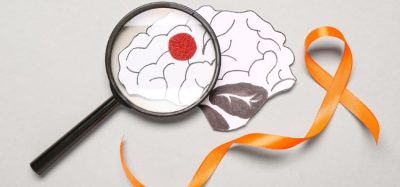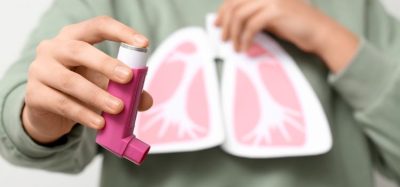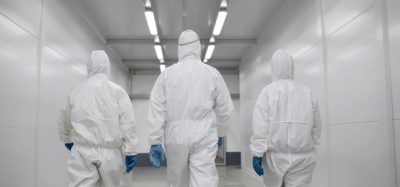Concept discovered for fabricating nanomeshes as drug delivery system
Posted: 21 October 2019 | Rachael Harper (European Pharmaceutical Review) | No comments yet
The fight against antibiotic resistance could be improved with the discovery of a concept for fabricating nanomeshes as a drug delivery system.
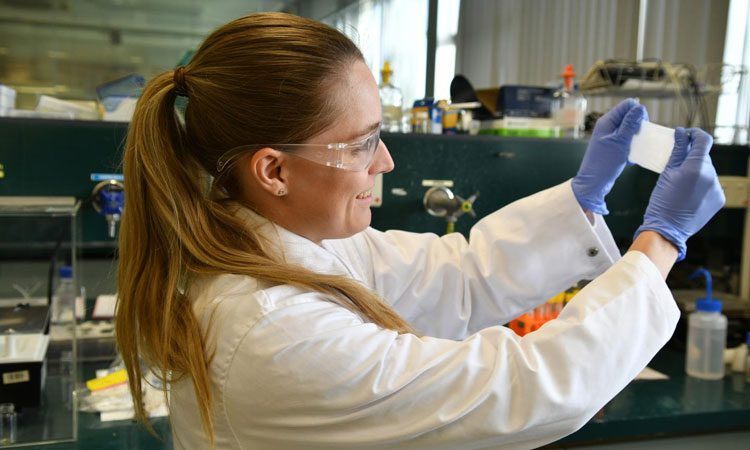

In studying the effectiveness of the nanomesh, two antibiotics, Colistin and Vancomycin, were added together with gold nanoparticles to the mesh, before they were tested over a 14 day period by PhD student Melanie Fuller (credit: Flinders University).
Researchers from Flinders University, Japan have discovered a concept for fabricating nanomeshes as an effective drug delivery system for antibiotics.
In studying the effectiveness of the nanomesh, two antibiotics, Colistin and Vancomycin, were added together with gold nanoparticles to the mesh, before they were tested over a 14 day period.
“In order to deliver the antibiotics to a specific area, the antibiotics were embedded into the mesh produced using a technique called electrospinning, which has gained considerable interest in the biomedical community as it offers promise in many applications including wound management, drug delivery and antibiotic coatings,” said Ingo Koeper, Flinders Institute for Nanoscience and Technology Associate Professor.
Small charged nanoparticles altered the release of the antibiotics from the nanomesh”
“A high voltage is then applied between the needle connected to the syringe and the collector plate which causes the polymer solution to form a cone as it leaves the syringe, at which point the electrostatic forces release a jet of liquid.
“Small charged nanoparticles altered the release of the antibiotics from the nanomesh. The addition of gold nanoparticles likely neutralised charge, causing the antibiotic to migrate toward the centre of the fibre, prolonging its release.”
The results also suggest dosages could be reduced when compared to traditional drugs which can also diminish potential side effects and complications.
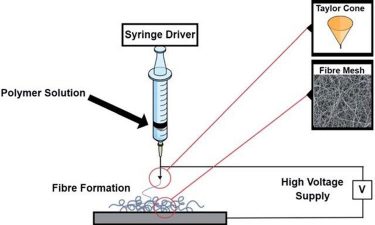

The process which achieved adding two antibiotics, Colistin and Vancomycin, were with gold nanoparticles to the mesh, before they were tested over a 14 day period (credit: Flinders University).
The researchers studied how the release of the drugs affected the growth of E. Coli. The in vitro study confirmed Colistin with negatively charged gold nanoparticles produced the most efficient nanomesh, significantly affecting bacterial growth.
“Although the dosage is reduced compared to an oral dosage, the concentration of antibiotics delivered to the infection site can still be higher, ensuring the bacteria cannot survive which will reduce instances of resistance,” Koeper continued.
“This research, as a proof-of-concept, suggests an opportunity for fabricating nanomeshes which contain gold nanoparticles as a drug treatment for antibiotics.”
The study was published in RSC Advances.
Related topics
Antibiotics, Drug Delivery Systems, Industry Insight, Nano particles, Respiratory Drug Delivery (RDD)





